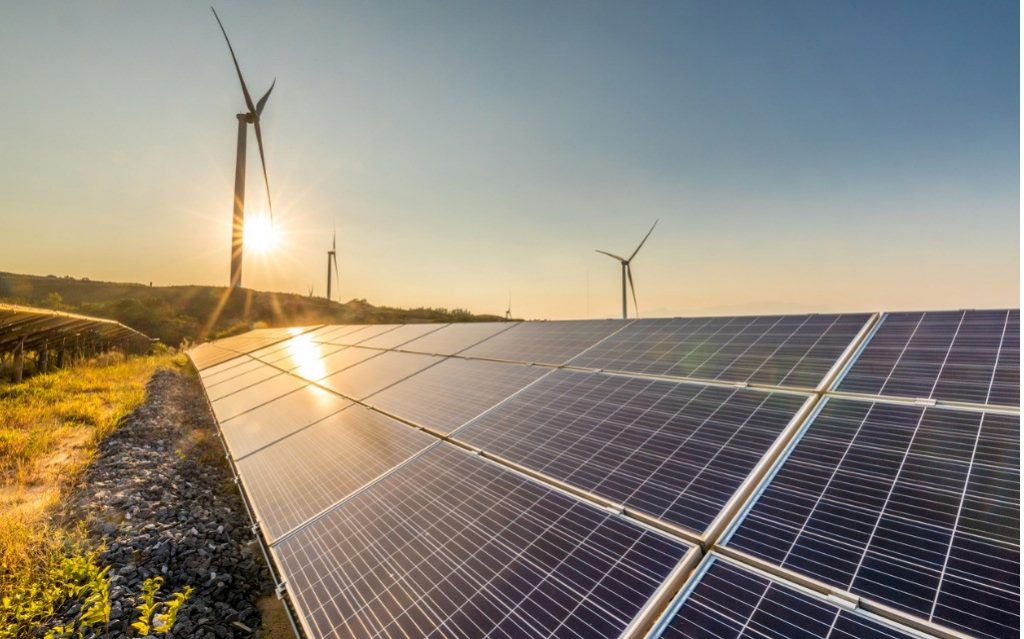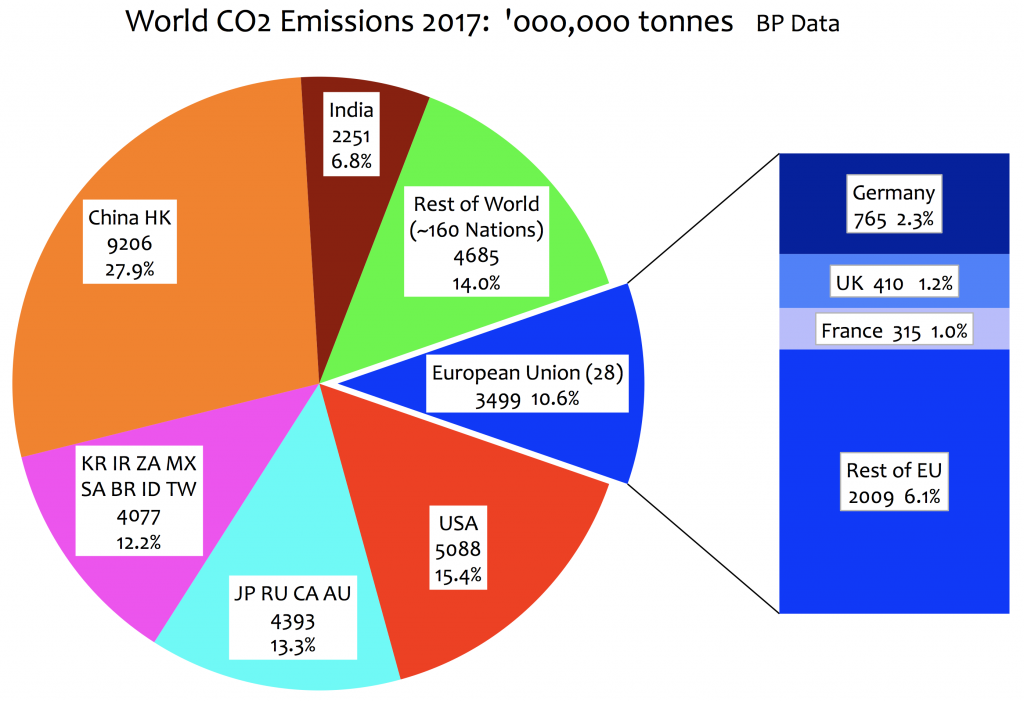Today, the world’s major concern revolves around the environment. We have certainly come a long way in terms of progressing technologically and economically, however, at the cost of our environment. It is high time that we start taking our environment seriously and chalk out serious measures to protect the same. Using renewable sources of energy could be an option.
Energy sources hold a major role in damaging or protecting our environment. All of them make an impact on our environment. Energy sources could be understood in two categories- renewable energy sources and non-renewable sources. Of these two categories, non-renewable sources of energy which include fossil fuels like coal, oil etc are considered to be more harmful to the environment than the other. These have been reported to have caused air and water pollution, damage to wildlife and their habitat and most importantly, global warming.

If we are keen on improving the state of our environment, we must alter our energy consumption way. By this alteration, we mean the shift to renewable sources of energy. The shift to production of energy via renewable energy sources calls for an improvement in the infrastructure. But once that’s done and usage of renewable increases, the benefits that are going to follow are going to be massive in a plethora of ways. The major relief that is going to take place would include relief to the environment.
Here’s how renewable sources of energy going to save the environment from pollution:
1. No harm to the environment
The non-renewable sources of energy are mainly extracted from the core of the Earth which includes oil, natural gas, or coal. This implies that it requires more exploitation of the Earth leading to constant drilling which incurs a good amount of cost. This constant drilling and harnessing also lead to the release of toxic gases into the atmosphere which is dangerous for both, human beings as well as the environment. However, on the contrary, the process of extracting energy from the renewable sources do not entail this much of exploitation of the Earth and are easily obtained without causing any harm to the environment.
2. Lesser emission of carbon
The utilization of renewable energy resources such as wind and solar energy eliminates the emission of carbon dioxide in the air. Present in plenty, the only thing that the harnessing of renewable energy requires is correct technology and sufficient infrastructure. The consumption of renewable-energy sources brings down the carbon emission as it requires no burning or extraction unlike non-renewable sources of energy.

The following calculations and graphics are based on information on worldwide CO2 emission levels published by BP in June 2018 for the period from 1965 up until the end of 2017.
Read: 10 Best Ways to Reduce Air Pollution
3. Curbs global warming
Human activities are constantly burdening our environment with carbon dioxide and other global warming emissions. These hazardous gases form a huge blanket on the planet that is trapping heat. This consequently leads to the formation of a network of significant and harmful impacts, leading to frequent storms, drought, rise in sea level, and extinction of wildlife amidst others.
Contrary to these, most of the renewable sources of energy leave little or no global warming emissions. Even when they do have emissions, they are very minimal in nature and have the least impact on the environment.
4. Lessens the adverse environmental impacts
As there will be an increase in the consumption of renewable energy resources, there will be a proportionate decrease in harmful environmental impacts. Renewable sources of energy are the clean source of energy that aids in bringing down the residual waste. With the decrease in waste, there will be a decrease in the rate of carbon footprints, leading to a greener and cleaner environment.
Also, read: The Common Link Between Climate Change and Air Pollution
5. Protection to Wildlife

Dams and reservoirs are utilized for a number of purposes like agricultural irrigation, flood control, and recreation, and affect adversely to the wildlife. Harnessing energy sources from here poses another danger to them and their habitat. By choosing renewable sources, we can provide protection to them and their habitat as well.
The human needs are growing constantly and on a very rapid pace and hence, so are the damage to the environment. It is high time that we make a shift to an alternate form of energy so as we can fulfil our needs judiciously while protecting the environment and saving it for the future generations. In addition to the above listed environmental benefits of renewable sources of energy, there are other benefits too attached to it like- affordability, reliability owing to its abundant availability, and its inexhaustible nature.
*The article was originally posted on Energy Next.
This post is also available in:
![]() Global
Global ![]() IND English
IND English ![]() UK English
UK English ![]() US English
US English
